How to Fix Brakes on Ninebot F2 Pro Electric Scooter (DIY Guide)
Brakes feeling soft on your Ninebot F2 Pro? Struggling to stop when you need to? If your scooter uses mechanical disc brakes — and they feel loose — it’s time for a quick, crucial tune-up.
This step-by-step guide shows you how to tighten your brakes and restore safe stopping power, based on a real rider test. Let’s fix it.
Why Your Brakes Feel Weak
Loose brake cables reduce mechanical braking power, forcing your scooter to rely solely on motor resistance and electronic braking. That’s risky — especially when riding near traffic, pedestrians, or on downhill paths.
Here’s what causes it:
-
Over time, the brake cable stretches from repeated use.
-
Vibration and rough surfaces cause slight loosening.
-
Improper factory tension or lack of maintenance.
Tools You’ll Need
-
4mm Allen key
-
Clean gloves (optional)
-
Space to safely test your scooter
Step-by-Step Brake Adjustment
1. Locate the Brake Caliper
Find the brake caliper on the rear wheel (or front, if applicable). Look for a cable running into a small arm on the brake.
2. Loosen the Allen Bolt
Use your 4mm Allen key to loosen the bolt on the brake arm (not fully remove it). This bolt holds the brake cable in place.
3. Pull the Brake Cable
Gently pull the cable through while pressing the brake lever. Don’t over-tighten — a slight cable tension increase is all you need.
4. Retighten the Bolt
Hold the new tension steady and re-tighten the bolt firmly.
5. Test the Brake Lever
It should now feel firmer, with less travel. You should feel resistance earlier in the squeeze.
Before & After: Real Stopping Distance Test
One rider tested the brake performance before and after tightening:
-
Before adjustment: Took 5 floor lines to come to a stop using only electronic braking.
-
After adjustment: Took just 2.5 lines to stop — nearly 50% less distance.
That’s real proof of safer stopping.
Safety Tips While Adjusting
-
Keep fingers away from the caliper spring while tightening.
-
Always test braking in a safe, low-speed area.
-
Use gloves if you're new to working with cables and tension.
Local Tip: Scooter Safety in Canadian Cities
In Toronto, Vancouver, and Montreal, sudden stops may be needed on bike paths shared with pedestrians. Proper brake tension can be the difference between a clean stop and a crash.
Also, Canadian weather can affect braking. If you’re riding in rain or cold, expect longer stopping times — properly adjusted brakes help mitigate that.
How Often Should You Check Your Brakes?
-
Every 3 months, or
-
After 500 km of riding, or
-
Anytime your brakes feel soft or sluggish
Scooter Brake Comparison: Loose vs Tight
| Feature | Loose Brakes | Tightened Brakes |
|---|---|---|
| Stopping Distance | Long, delayed (unsafe) | Shorter, immediate (safer) |
| Brake Lever Feel | Soft, spongy | Firm, responsive |
| Safety | High risk of accident | Improved stability and control |
| Mechanical Support | Electronic brake only | Full mechanical + electronic assist |
Best Video Walkthroughs
Check out these rider-tested videos:
FAQs
What if the brake lever still feels soft?
Recheck cable tension. You may need to pull the cable slightly more before re-tightening.
Do I need to replace the brake pads?
Only if you hear metal scraping or if the scooter isn’t stopping even after tightening. Pads should be thick and not shiny.
Can I do this on other Ninebot models?
Yes — the process is similar for most disc brake scooters, including the Ninebot MAX G30P and E45.
Is this safe for new riders to try?
Yes, but go slow and be careful. Follow all steps and test slowly after adjustments.
Want More Scooter Fixes?
T-Dot Wheels offers support, tips, and a full breakdown of how to maintain your electric scooter and battery safety advice.
Stay safe and stop smart. 🔧
